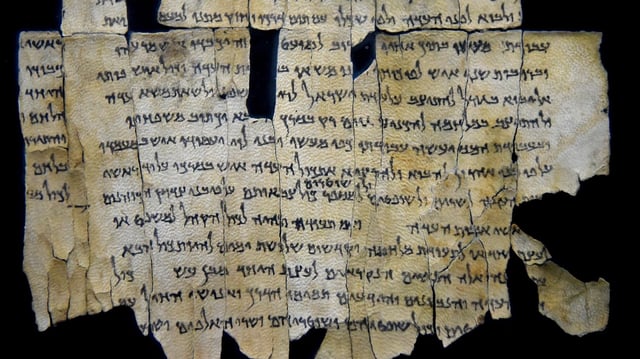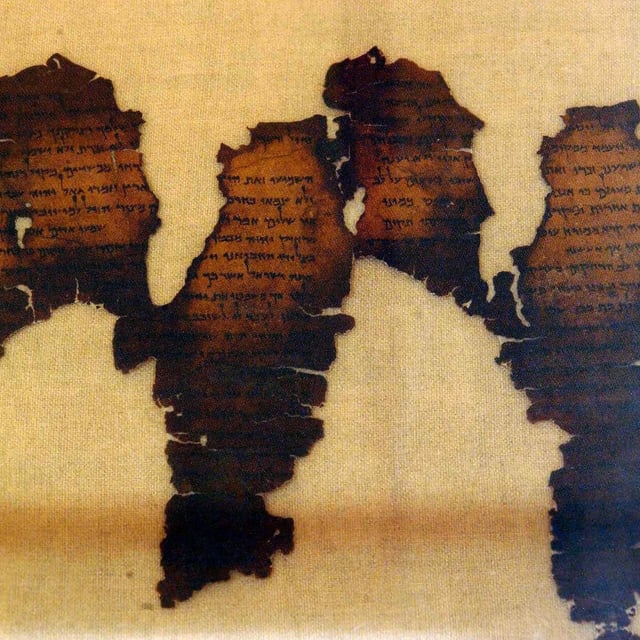Overview
- The Enoch model integrates radiocarbon dating with AI-based handwriting analysis to generate probabilistic dates for Hebrew and Aramaic manuscripts with an uncertainty margin of about ±30 years
- When applied to 135 previously undated Dead Sea Scrolls, Enoch produced estimates deemed realistic by paleographers in 79 percent of cases
- Results indicate many scrolls are older than prior paleographic assessments suggested, prompting a reassessment of Hasmonaean and Herodian script styles emerging in the late second century BCE
- Two fragments—4QDanielc and 4QQoheleta—have been dated for the first time to the eras of their presumed biblical authors, providing direct material links to early scriptural composition
- Researchers say Enoch offers an empirical framework for dating ancient texts that can be extended to other partially dated manuscript collections



